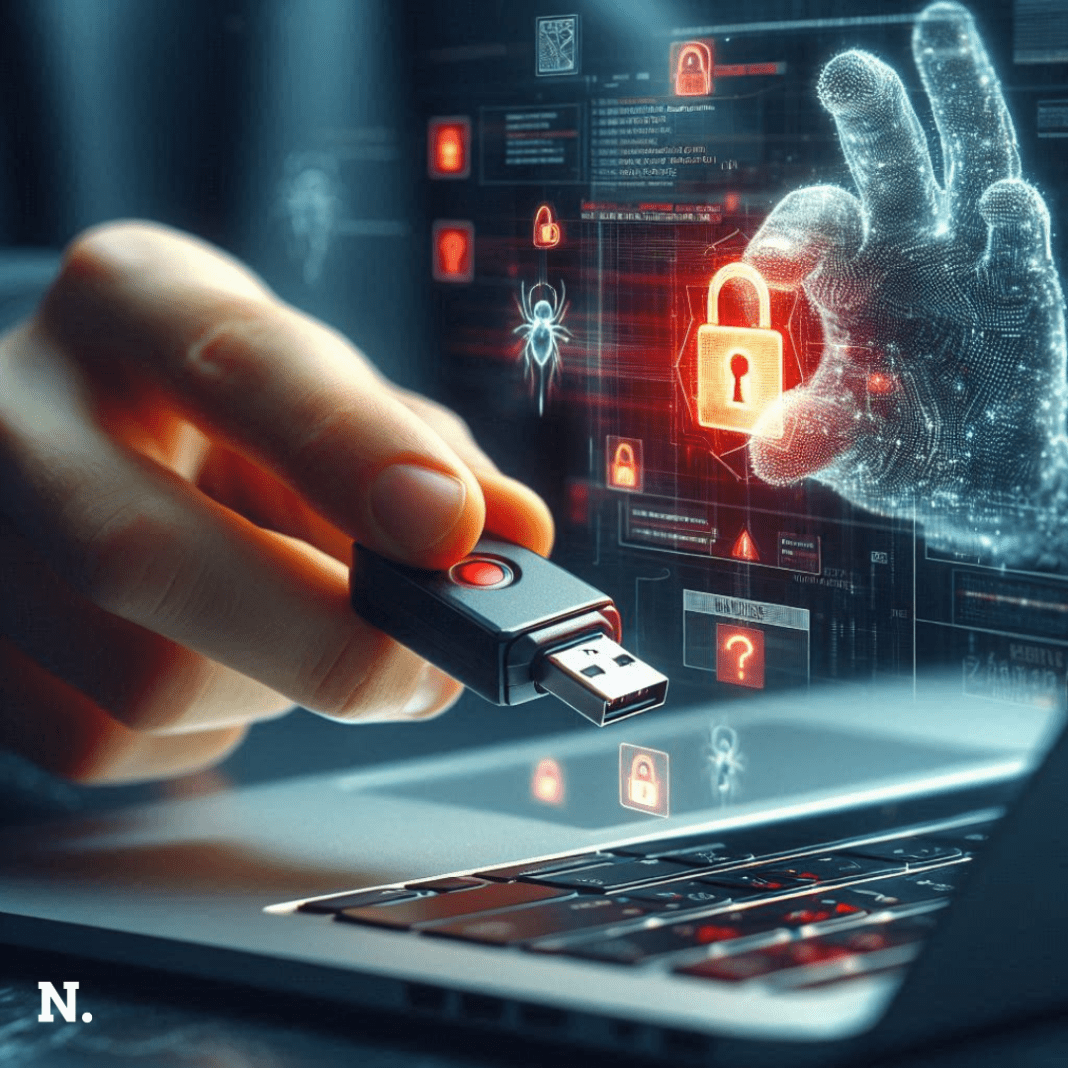USB Flash Drives: A New Target for Cybercriminals
Hackers are now focusing on a new way to steal data, and it involves something as everyday as a USB flash drive. These small devices are widely used to move files between computers, especially in places where the internet isn’t allowed, like government offices or energy companies. Because flash drives are so common and convenient, they have become a perfect target for cybercriminals.
When a USB drive is infected with malware, it can quickly spread harmful software without needing an internet connection. Just plugging it into a computer is enough for the malware to sneak in and begin its work. In many cases, people don’t even realize anything is wrong until files go missing or computers start acting strangely.
The danger grows when these infected USB drives are shared. Since people often use the same drive at home, in the office, or even in different organizations, the malware can travel far and wide. It’s like a digital disease that moves from one place to another, hiding in plain sight.
The Clever Tools Hackers Are Using
Hackers are getting smarter with how they deliver these attacks. One method starts with an email that looks completely normal. It might look like a meeting invite, a file from a coworker, or an official document. When someone opens the email and clicks on the attached file, it installs a secret tool on the computer called PowerModul.
PowerModul is a program that runs quietly in the background. It connects to a remote server controlled by the hackers and waits for instructions. From there, it can download other dangerous tools, such as FlashFileGrabber and USB Worm.
FlashFileGrabber is designed to search USB flash drives for files and steal them. It can either hide the files on the local computer or send them back to the hacker’s server over the internet. It does all this without alerting the user, making it especially hard to detect.
Critical Vulnerabilities: The Dark Side of Pacemaker Technology
USB Worm is equally dangerous. When it finds a USB drive plugged into the infected computer, it hides the real files and replaces them with fake ones. These fake files look like regular shortcuts, but clicking on them starts the infection process on the next computer. This allows the malware to jump from one computer to the next, all without the internet.
This attack works so well because people trust USB drives. They often don’t think twice before plugging one in or clicking on a file that looks familiar. That trust is exactly what hackers are using against them.
Keeping Data Safe from Hidden Malware
Even though this type of malware can be tricky, there are still clear ways people can stay safe.
It starts with being careful about USB drives. If a drive isn’t yours or you weren’t expecting to receive one, plugging it into your computer could be risky. Hackers have been known to leave infected USBs in public places like parking lots, hoping someone will pick them up and use them.
How Cyber Attacks on Industrial Control Systems Can Endanger Lives ?
Email is another common way for hackers to spread malware. Fake emails that look like they’re from coworkers or companies might include files that seem harmless. But once opened, they can install the malware that begins the whole infection chain. Emails that ask you to enable macros in a document or come from unknown sources should be treated with caution.
Good antivirus software is also important. A strong security program can find and block threats before they have a chance to cause damage. Many of these tools can scan USB drives automatically when they’re plugged in, checking for signs of hidden malware or strange files.





